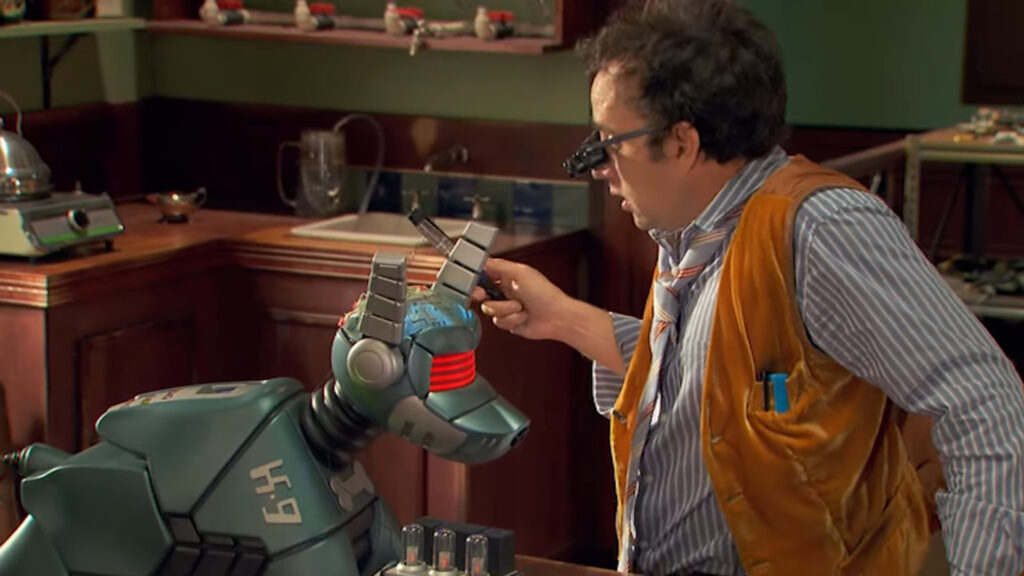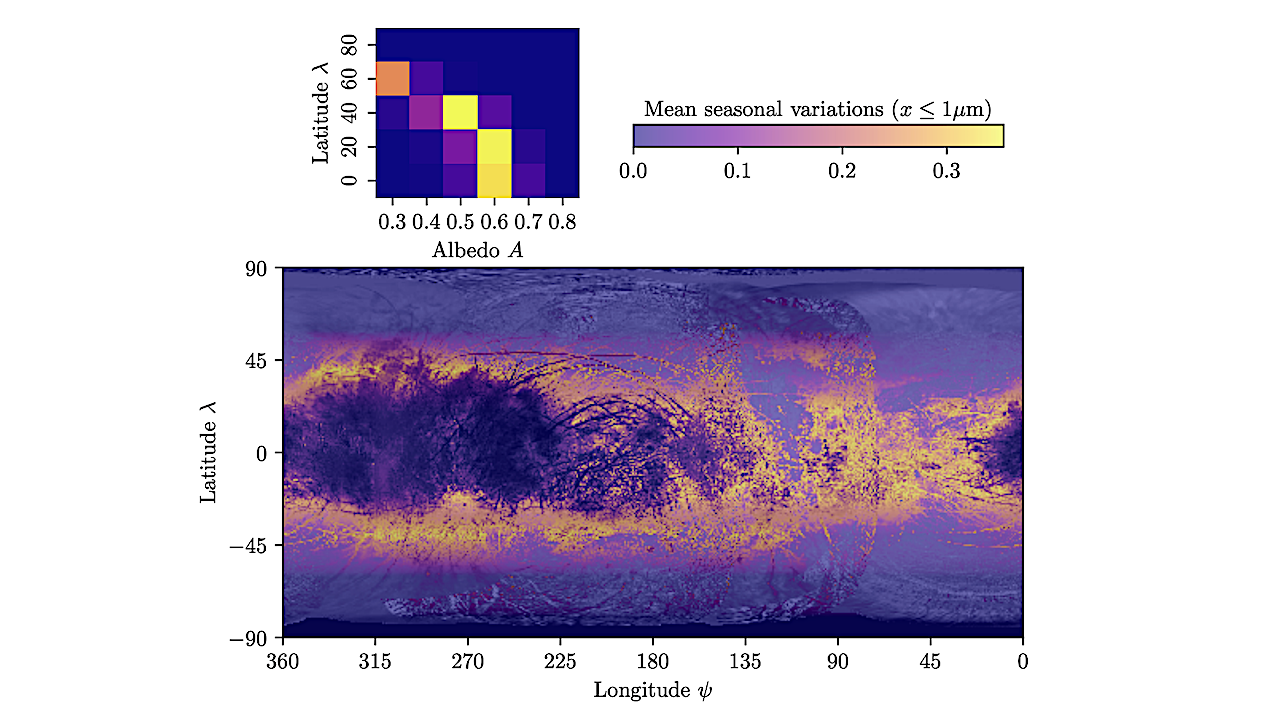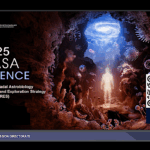Now Reading: NASA resurrects Voyager 1 interstellar spacecraft’s thrusters after 20 years: ‘These thrusters were considered dead’
-
01
NASA resurrects Voyager 1 interstellar spacecraft’s thrusters after 20 years: ‘These thrusters were considered dead’
NASA resurrects Voyager 1 interstellar spacecraft’s thrusters after 20 years: ‘These thrusters were considered dead’
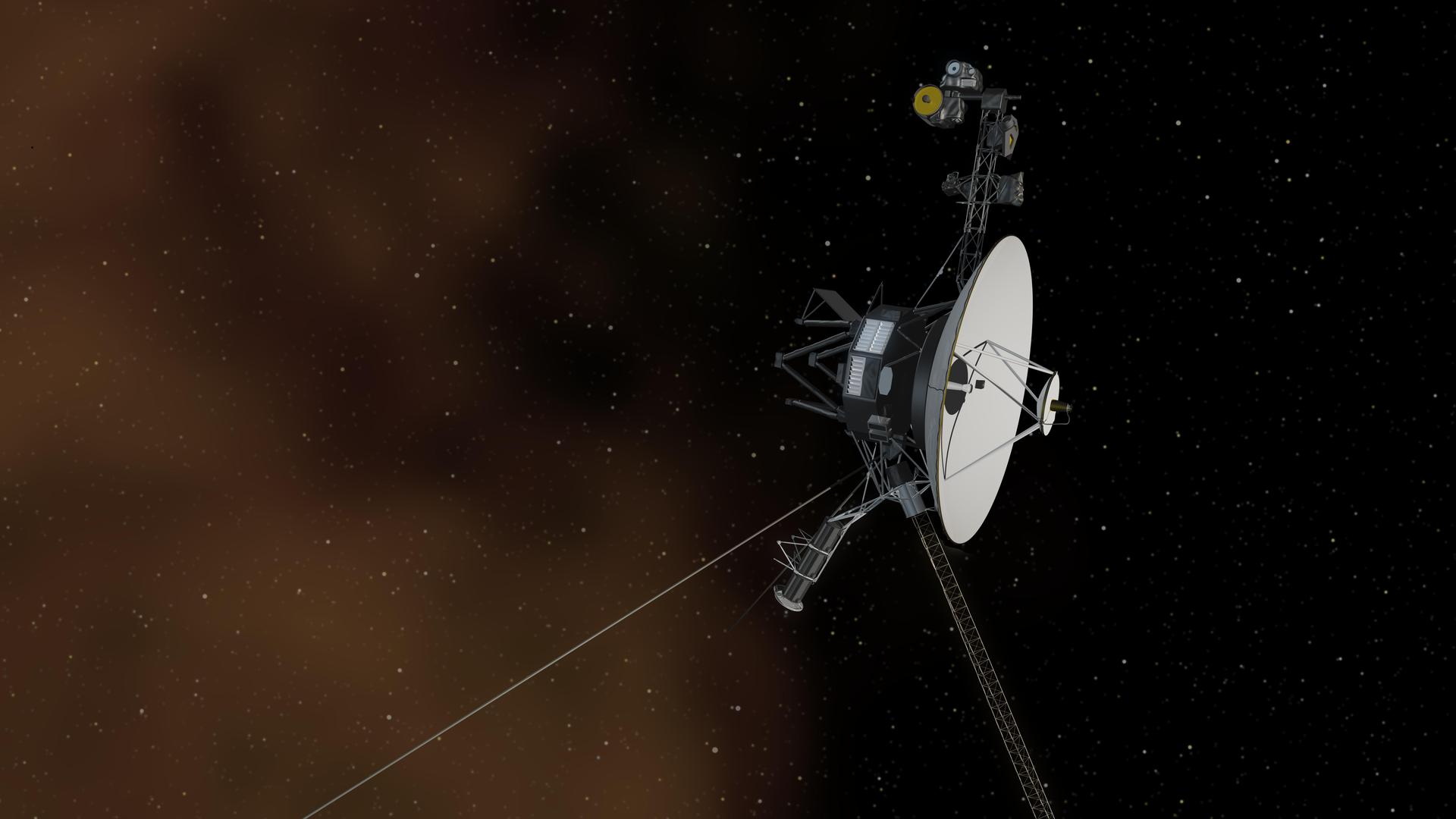
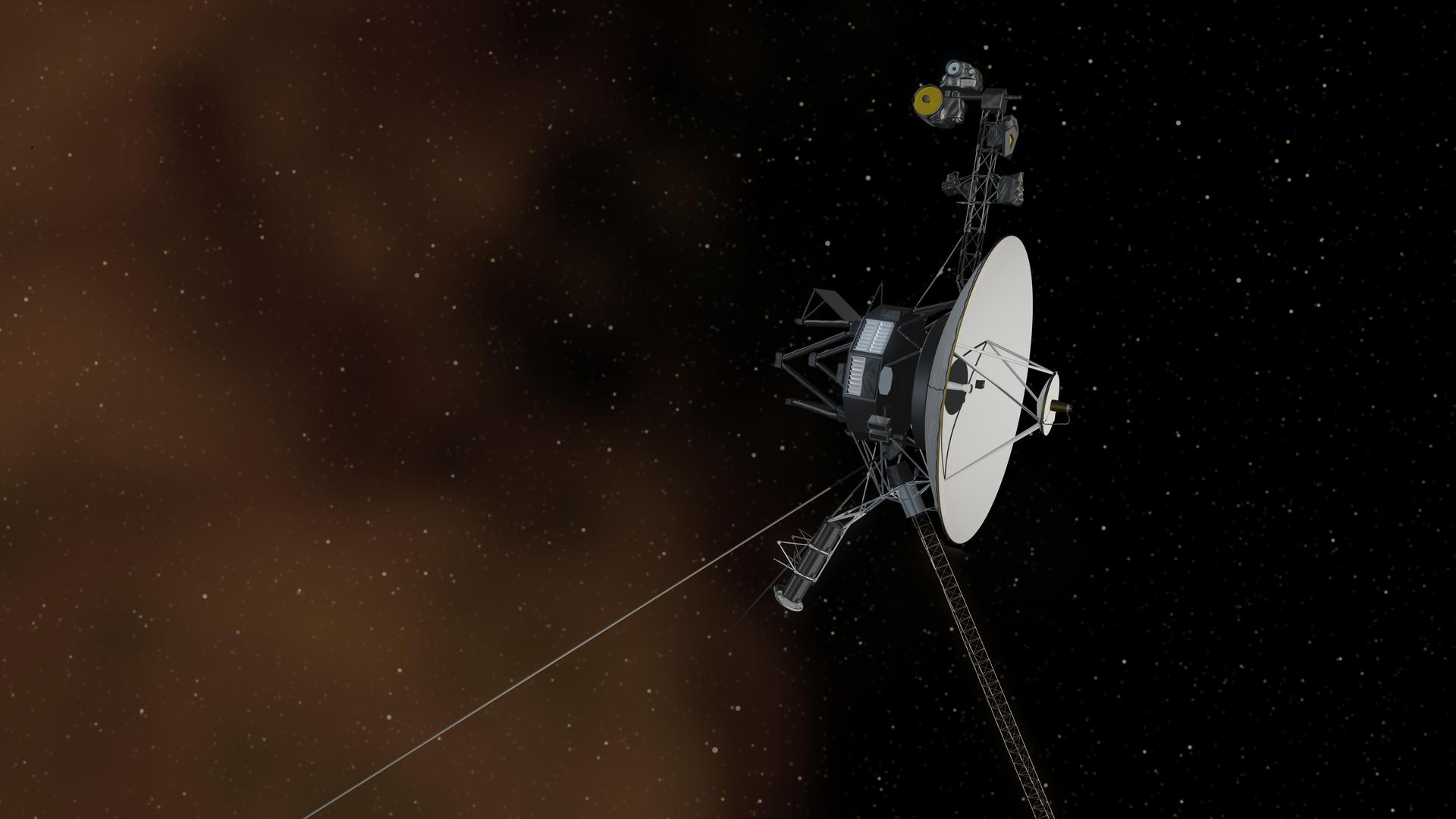
NASA engineers have miraculously revived the Voyager 1 interstellar probe’s backup thrusters — components that hadn’t been used since 2004 and were long considered fully defunct. This remarkable feat became necessary because the spacecraft’s primary thrusters, which control its orientation, have been degrading due to residue buildup. If its thrusters fail completely, Voyager 1 could lose its ability to point its antenna toward Earth, therefore cutting off communication with Earth after nearly 50 years of operation.
To make matters more urgent, the team faced a strict deadline while trying to remedy the thruster situation. After May 4, the Earth-based antenna that sends commands to Voyager 1 — and its twin, Voyager 2 — was scheduled to go offline for months of upgrades. This would have made timely intervention impossible.
NASA’s twin Voyager spacecraft launched in 1977 with the primary mission of exploring the outer planets of our solar system — but upon accomplishing this original goal, the Voyagers then focused their attention on studying interstellar space. Voyager 1 exited the solar system in August of 2012, followed by Voyager 2 in November of 2018. Together, these spacecraft have traveled more than 29 billion miles (46.7 billion kilometers), making them the farthest human-made objects from Earth — and, along the way, they’ve provided unprecedented insights into our solar system.
While both Voyager spacecraft remain operational, however, their age and immense distance from Earth have brought about significant technical challenges. The radioisotope power generators that keep them running gradually weaken each year, forcing NASA to recently shut down instruments and heaters to conserve energy in order to push the spacecrafts’ systems beyond their limits. Voyager 1 also experienced a recent data glitch caused by a faulty chip; engineers resolved this with a clever software workaround.
Yet despite these hurdles, the Voyagers continue to function — a testament to both their robust design and the ingenuity of the teams managing them.
This recent development, in which NASA engineers revived Voyager 1’s long-dormant backup thrusters, marks yet another remarkable feat of engineering and offers another lifeline for the aging spacecraft.
The backup thrusters are essential for executing precise “roll maneuvers” that adjust Voyager 1’s orientation, ensuring its antenna stays pointed toward Earth for reliable communication. The spacecraft’s original roll thrusters failed back in 2004 after two small internal heaters, crucial for their operation, lost power and stopped functioning. After thorough assessment, engineers determined these heaters couldn’t be repaired remotely, prompting them to switch reliance fully to the backup thrusters to maintain alignment of the star tracker — a key instrument that helps Voyager 1 navigate and stabilize itself in space.
“I think at that time, the team was OK with accepting that the primary roll thrusters didn’t work, because they had a perfectly good backup,” Kareem Badaruddin, Voyager mission manager at NASA’s Jet Propulsion Laboratory, which manages the mission for the agency, said in a statement . “And, frankly, they probably didn’t think the Voyagers were going to keep going for another 20 years.”
To solve the problem, NASA’s team had to reactivate Voyager 1’s long-dormant backup roll thrusters and then attempt to restart the heaters that keep them operational. If the star tracker drifted too far from its guide star during this process, the roll thrusters would automatically fire as a safety measure — but if the heaters weren’t back online by then, firing the thrusters could cause a dangerous pressure spike. So, the team had to precisely realign the star tracker before the thrusters engaged.
Related Stories:
Because Voyager is so incredibly distant, the team faced an agonizing 23-hour wait for the radio signal to travel all the way back to Earth. If the test had failed, Voyager might have already been in serious trouble. Then, on March 20, their patience was finally rewarded when Voyager responded perfectly to their commands. Within 20 minutes of receiving the signal, the team saw the thruster heaters’ temperature soar — a clear sign that the backup thrusters were firing as planned.
“It was such a glorious moment. Team morale was very high that day,” Todd Barber, the mission’s propulsion lead at JPL, said in the statement. “These thrusters were considered dead. And that was a legitimate conclusion. It’s just that one of our engineers had this insight that maybe there was this other possible cause, and it was fixable. It was yet another miracle save for Voyager.”
This achievement highlights the ingenuity and problem-solving skills of the engineers keeping Voyager operational after nearly five decades. Despite the technical hurdles and the spacecraft’s age, Voyager 1 and 2 continue to send valuable data from beyond our solar system. Their ongoing mission offers a unique opportunity to deepen our understanding of interstellar space — knowledge that no other spacecraft has been able to provide so far.
Stay Informed With the Latest & Most Important News
Previous Post
Next Post
-
 012024 in Review: Highlights from NASA in Silicon Valley
012024 in Review: Highlights from NASA in Silicon Valley -
 02Panasonic Leica Summilux DG 15mm f/1.7 ASPH review
02Panasonic Leica Summilux DG 15mm f/1.7 ASPH review -
 03From Polymerization-Enabled Folding and Assembly to Chemical Evolution: Key Processes for Emergence of Functional Polymers in the Origin of Life
03From Polymerization-Enabled Folding and Assembly to Chemical Evolution: Key Processes for Emergence of Functional Polymers in the Origin of Life -
 04How New NASA, India Earth Satellite NISAR Will See Earth
04How New NASA, India Earth Satellite NISAR Will See Earth -
 05And Thus Begins A New Year For Life On Earth
05And Thus Begins A New Year For Life On Earth -
 06Astronomy Activation Ambassadors: A New Era
06Astronomy Activation Ambassadors: A New Era -
07SpaceX launch surge helps set new global launch record in 2024














